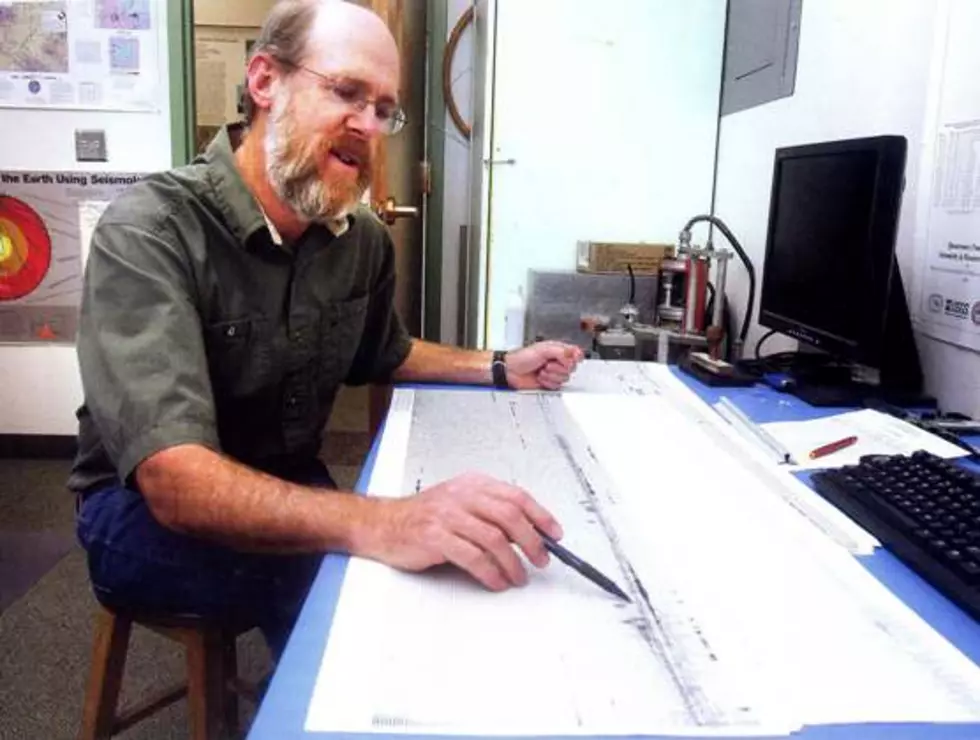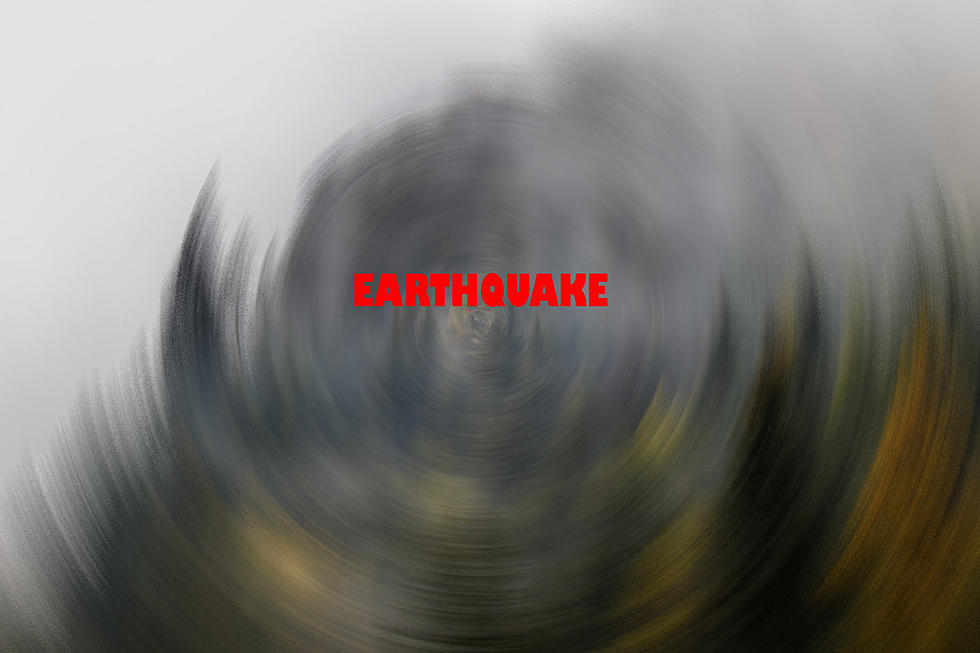
Massive Earthquake Tsunami Strikes Japan
Hundreds have been found or are presumed dead after a massive earthquake and ensuing tsunami.
Tsunami warnings and advisories remain in effect for Hawaii, Alaska and the West Coast of the U.S. as the number of locations across the Pacific Ocean reporting tsunami activity continues to grow.
The tsunami that struck Japan immediately after the powerful 8.9-magnitude earthquake measured 23 feet, according to the Associated Press.
A 10.7-foot tsunami was also recorded in the northern Japanese coastal city of Ofunato shortly after 1 AM EST Friday.
Tsunami wave activity reached U.S. soil with Midway Island, located near the International Date Line and northwest of Hawaii, measuring a height of 5.1 feet above normal sea level early this morning.
The Alaskan Aleutian Island of Shemya initially reported a tsunami wave of 3.5 feet. That number later rose to 5.1 feet.
The arrival of the first tsunami wave in Hawaii occurred around 3:07 AM HST (8:07 AM EST).
The tsunami will also reach the west coast of the continental U.S. and Canada at midday. Below are the expected arrival times.
Other tsunami arrival times (Pacific Standard Time) in southern California include 8:03 AM at Port San Luis Harbor, 8:31 AM at Santa Monica Harbor and 8:32 AM at San Pedro Harbor. The first wave will hit within 15 minutes of these scheduled times.
The waves will hit the British Columbia coast between 6:30 and 7:30 AM and then along the west coast of Mexico from during the late morning into the early afternoon.
People should move away from the immediate coastal areas as the waves will penetrate much farther inland than the beaches, perhaps as far as several city blocks, depending on the height of the waves.
Expert Senior Meteorologist Alex Sosnowski stated, "You should not be on the beach waiting to watch the waves as they are much different than the rollers generated by storms."
"The tsunami is basically a wall of water, more similar to a flash flood along a stream," Sosnowski added.
The tusnami is actually not a single wave, but rather a series of waves that can be of varying height.
If you cannot reach a safe location inland, seek shelter several stories up in a building. Below are the expected wave heights from the tsunami.
Other projected wave heights in southern California include 7.1 feet at Port San Luis Harbor, 2.9 feet at Ventura, 2.3 feet at Huntington Beach, 2.2 feet at North Imperial Beach and 1.2 feet at Malibu and 1.0 feet at San Diego Navy Pier.
By Kristina Pydynowski, Senior Meteorologist for AccuWeather.com
More From Newstalk KGVO 1290 AM & 98.3 FM









